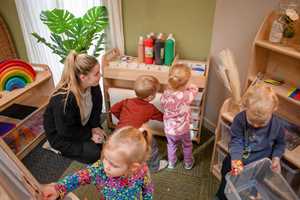
Lesson Ideas and Activities
Level Down to Level Up for Language and Communication!
Shakespeare had it spot-on when he famously said “The eyes are the window to your soul”. Actually, even before Shakespeare came along, during the days of the Roman Empire, the great philosopher Cicero reflected that “The face is a picture of the mind, as the eyes are its interpreter”.
How true these statements remain! It may seem an obvious concept to those in the teaching profession - the importance of eye-contact as an essential form of non-verbal communication for teaching and learning - but when you’re working with very young children in the Early Years, it’s not always as easy to uphold as it could be.
But it can be! (We’ll explain below.)
What Are You Looking At? Establishing Eye Contact!
Establishing eye contact with a child during conversation, whether speaking directly to them or actively listening to them, is one of the most crucial ways in which Early Years professionals engage children in their care.
Language is of course not limited to words. It includes non-verbal communications too - messages that we send with our physical actions and reactions, body language, facial expressions and tone of voice.
By making eye contact before we begin with a verbal dialogue, we signal to someone that we would like them to give their attention to what we are about to say. In return, when they give eye contact back, they signal that they are engaged and ready to listen.
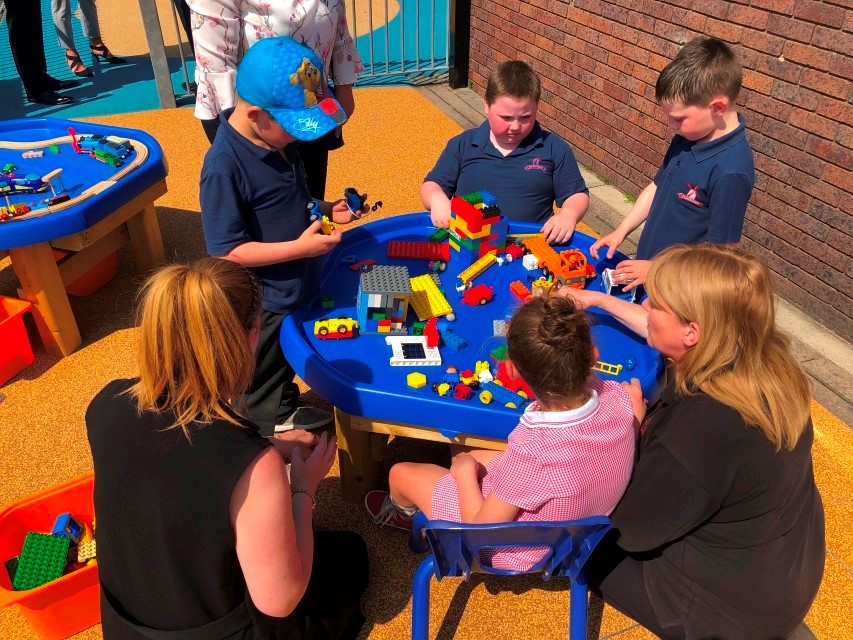
This is a hugely important social communication skill for children to learn as they go out into the world, discovering how to interact with others and forming relationships. In typical childhood development, children learn to communicate and understand words and inferences gradually.
And at this early age, children are learning their most important language and communication skills through observation, mirroring and copying adult behaviours demonstrated to them.
What is the very best way to help them to achieve this? Get down to their level!
I’m Here! Getting Down to Their Level
Children learn so much from looking at your whole face and your body language when you talk. But when you’re only small, it’s not always easy to see what’s going on up there at adult height!
Despite our best intentions, it can sometimes, even, be a little intimidating to a child when an adult is peering down at them to speak or to elicit a response. So, we make it easier for them by getting down to their level, lowering our whole body so that we can talk and play face to face.
This is the most open and encouraging way to respectfully focus both our own and the child’s attention. It demonstrates that we are ready to communicate - that their needs, or the conversation you are about to have with them, or what they have to say, is important to you too. And it’s really the most effective way to truly enable a child to look, listen, copy and learn.
What Did You Say? Active Listening!
Numerous child psychologists and speech and language therapists across the UK talk about the importance of ‘active listening’ to really encourage children to communicate, to listen and cooperate as well as feeling comfortable enough to express their own thoughts, feelings and ideas.
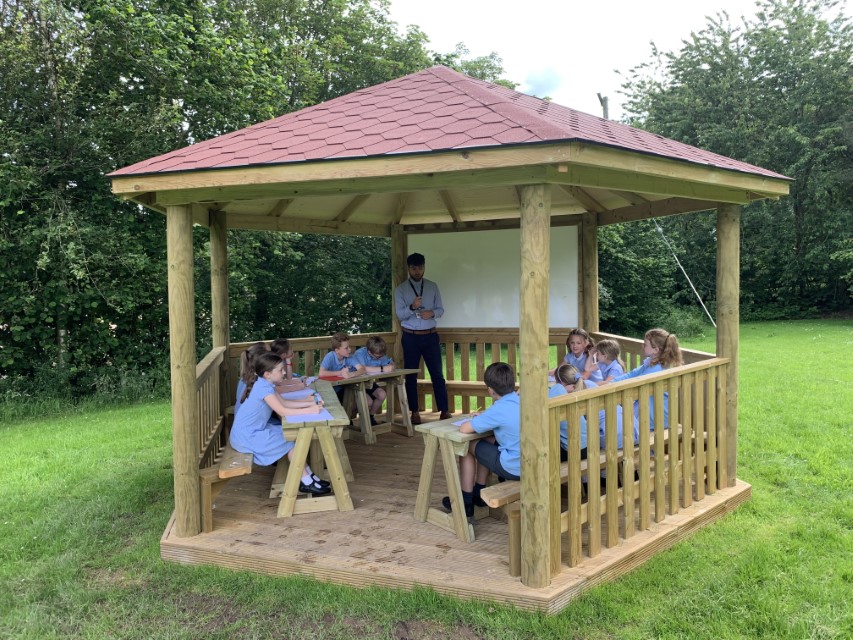
Active listening involves listening well, helping a child to feel heard and understood and helping them to build empathy and friendships, by:
- Removing distractions that might interfere with your or their ability focus
- Getting down to their level so you can be face to face (if you cannot physically sit on the floor, use a little chair or stool)
- Making eye contact
- Acknowledging what they say
- Using gestures such as nods and affirming smiles
For Early Years practitioners, these strategies can also be really useful in helping you to gauge where a child is in terms of their ongoing development, and where they may need a little more help and support in developing their language and communication skills.
Who, Me? How So?
When you are down at a child’s eye level, you are much more likely to be naturally ‘tuned in’. Not only can you encourage good eye contact - you see things more as they see them, and can be more aware of what interests them and what they want to talk about (or not talk about).
This in turn makes it much easier to follow a child’s lead in play, which can help you to recognise and become more aware of words and phrases that you might need to model for them - and in turn the child will be able to better see your gestures, mouth and facial movements as you do so.
How Can We Help You to Get Flexing?!
Herein lies the challenge!
All that bending, crouching, squatting down and trying to bounce back up again to the next child - it’s perhaps easier for some than it is for others and it’s definitely a physical job when you’re doing it all day. Probably beats (or requires!) going to the gym or a daily yoga session!
We are delighted to have joined forces in partnership with Millhouse - the UK’s leading Early Years furniture brand.

With over 40 years’ experience of manufacturing solutions for childcare here in the UK, Millhouse pride themselves on making Early Years furniture that is not only height appropriate, but appropriate for different developmental stages from the ages of 6 months to 5 years too.
Low-level EYFS Classroom Furniture Solutions
Millhouse have created an extensive range of educational furniture that is designed to encourage collaboration and communication, with innovative product features that add versatility and value and will enable you to get down to the children’s level as you work and play with them.
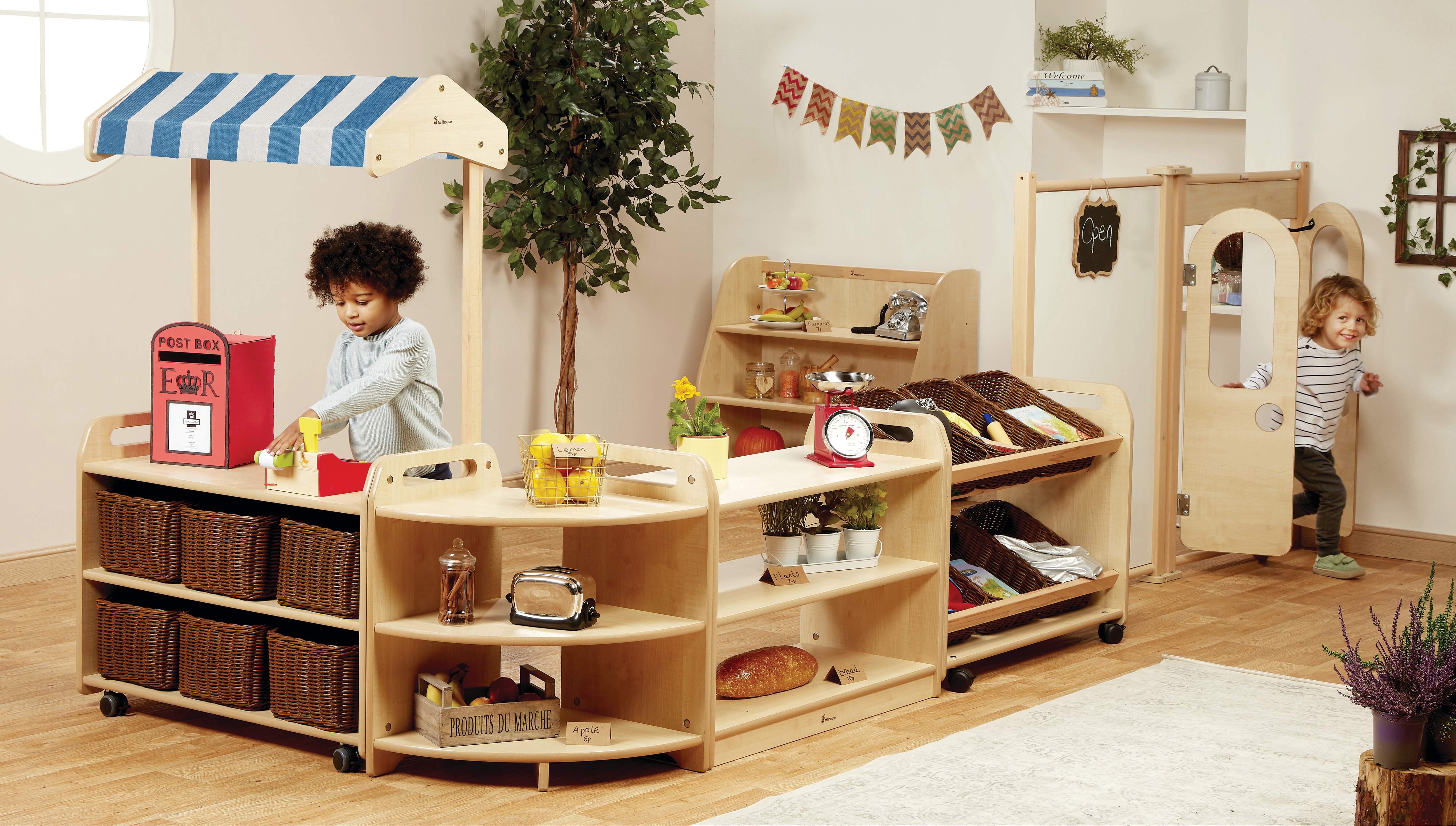
Their products are strong, sturdy and durable, and boast integrated grab-rails or built-in handles as design features that not only support little hands as they are learning to move and navigate their way around their environment, but provide essential additional support for adults moving up and down from standing height to floor-based play whilst interacting with young children.
This Teacher Low Chair, for example, blends in cohesively with the rest of the classroom furniture, but has a wider shape design to allow adults to sit comfortably and communicate with pupils at their level.
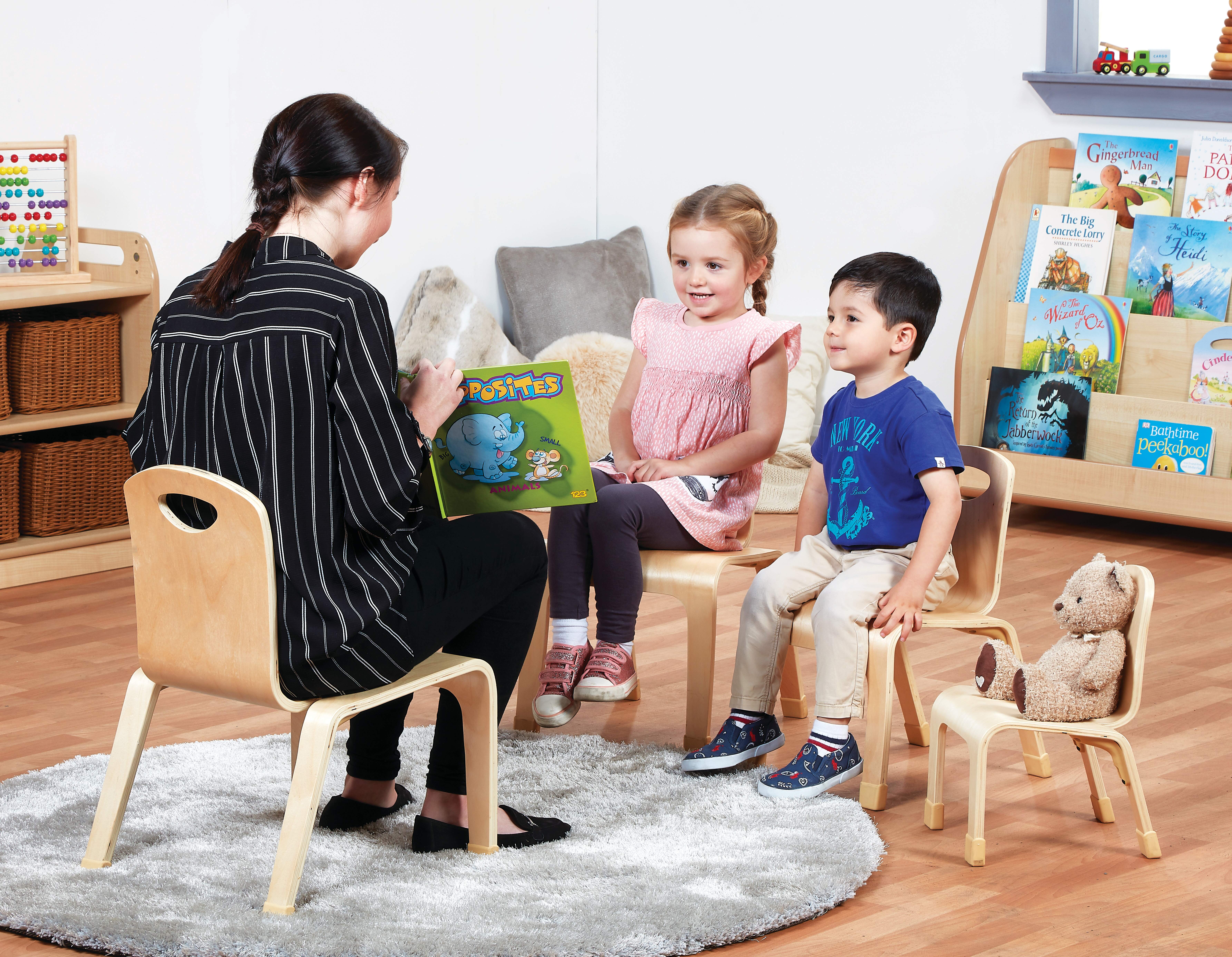
Many of the Millhouse pieces are accessible from both sides, helping to support and encourage face to face interactions both as adults model behaviours, and as between children as they learn to play together.
This Role Play Zone is a great example of a wholly supportive learning environment, where children can have lots of fun exploring pretend play with all the different features, and adults can easily and comfortably get down and interact to support their overall development.



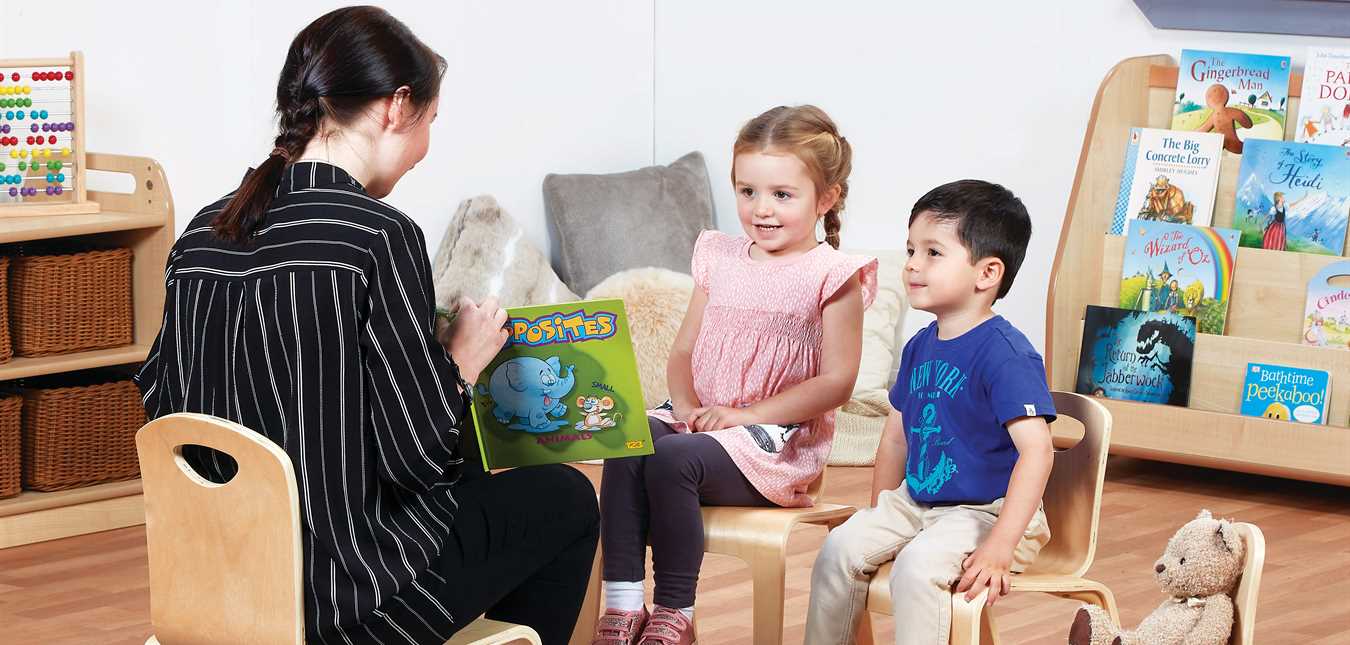

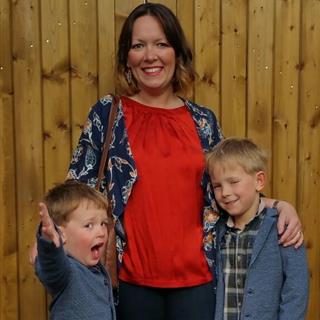
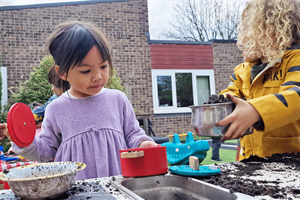
 (Custom).jpg)